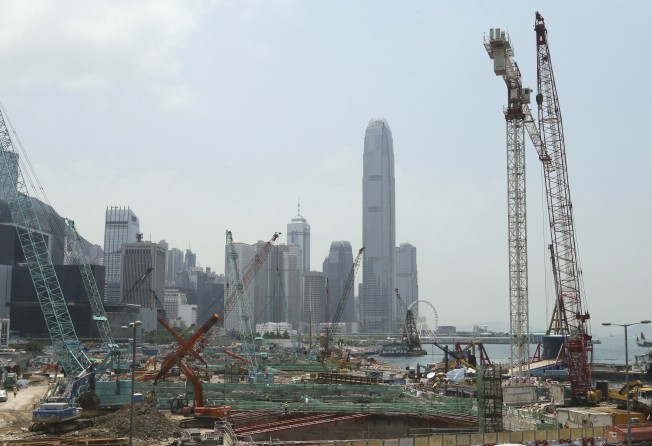Reclamation has both a history and future in Hong Kong
Reclamation has historically been an effective way of providing land for development. As long as it is carried out in a measured approach, with due regard given to people’s views and the statutory environmental protection safeguards, there is no reason to discard the strategy

Those who are unfamiliar with Hong Kong’s development history may find it hard to believe that a quarter of our built-up areas were actually created from the sea. Thanks to reclamation, we have developed new towns that are now home to almost half of our population, with thriving economic activities and community facilities of all sorts.
We would not have become a cosmopolitan city had these towns not been built decades ago.
Given there are still hundreds of kilometres of coastline outside the protected Victoria Harbour, the potential for further development ought to be enormous.
In reality, this is far from the truth. Over the past decade, there has been a surge in environmental protection awareness, so much so that it has given rise to an anti-development mindset in some quarters.
The incentive for new projects was also dampened by the economic downturns in 1998 and 2003. That is why only 690 hectares of new land have been created from 2000 to 2015; compared with 3,000 hectares from 1985 to 2000. The percentage of reclaimed land – 6 per cent of the city’s size – is still relatively modest, compared to 24 per cent in Singapore and 160 per cent in Macau.
It is good that the momentum is picking up again. The Tung Chung New Town Extension project is to provide another 49,000 flats as well as 870,000 square metres of commercial area eventually. Another two train stations and a sports stadium will also be built. The extension is to boost the local population from the existing 80,000 to 144,000. Impressive as it seems, this is just a fraction of the total population of 980,000 in Sha Tin, Ma On Shan and Tai Po. There is still much room for further development.
Reclamation has historically been an effective way of providing land for development. As long as it is carried out in a measured approach, with due regard given to people’s views and the statutory environmental protection safeguards, there is no reason to discard the strategy.
With more reclamation and new town project proposals in the pipeline, it would do well for the government to better explain their needs and benefits to the public, while doing its best to minimise the impact on the environment.